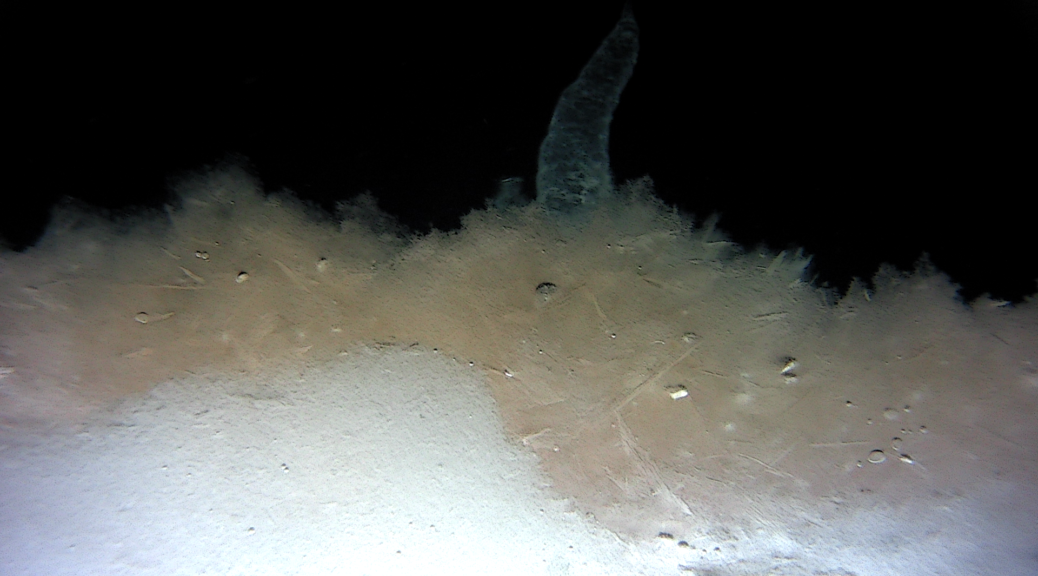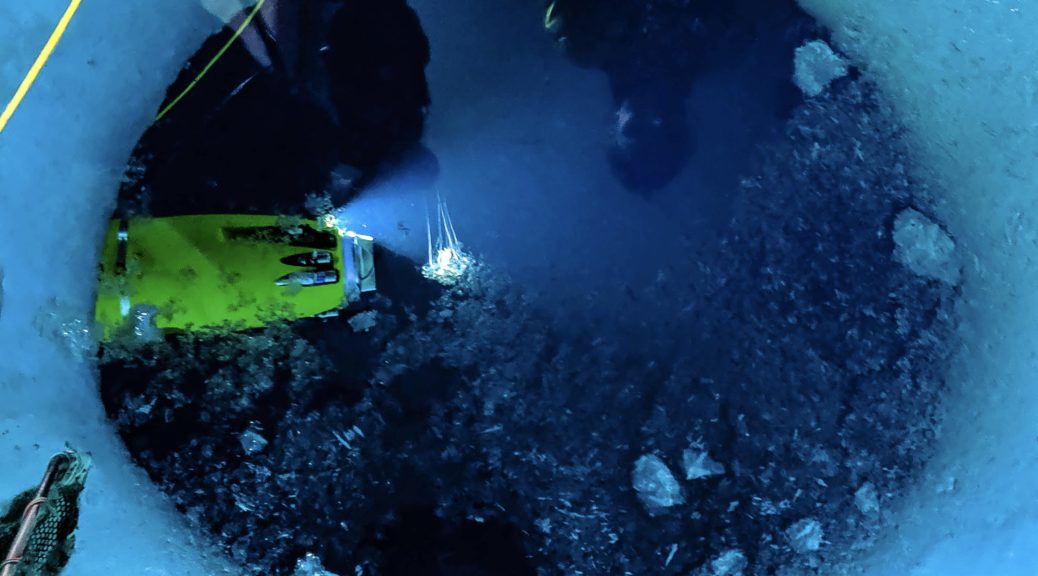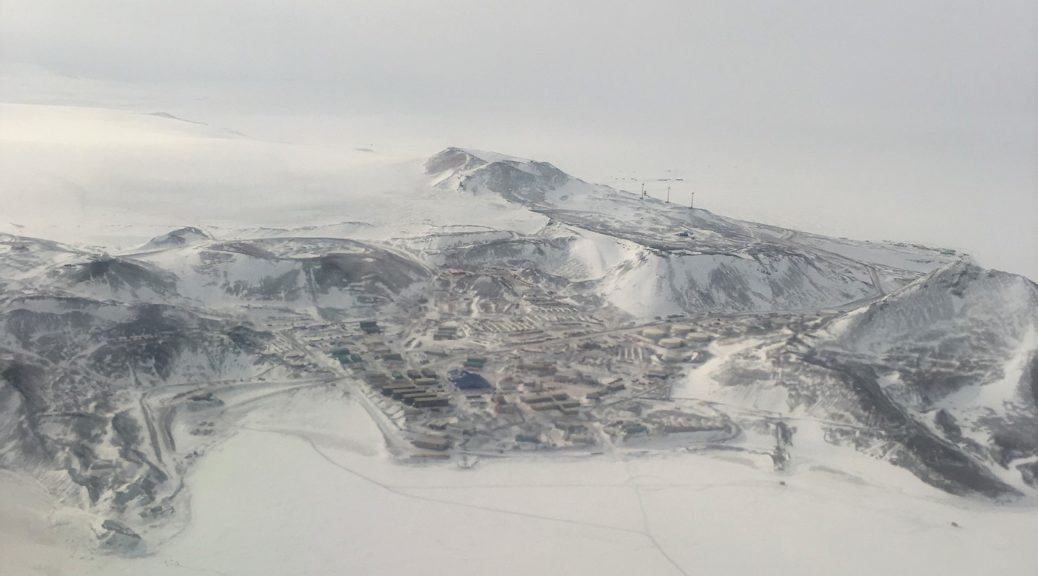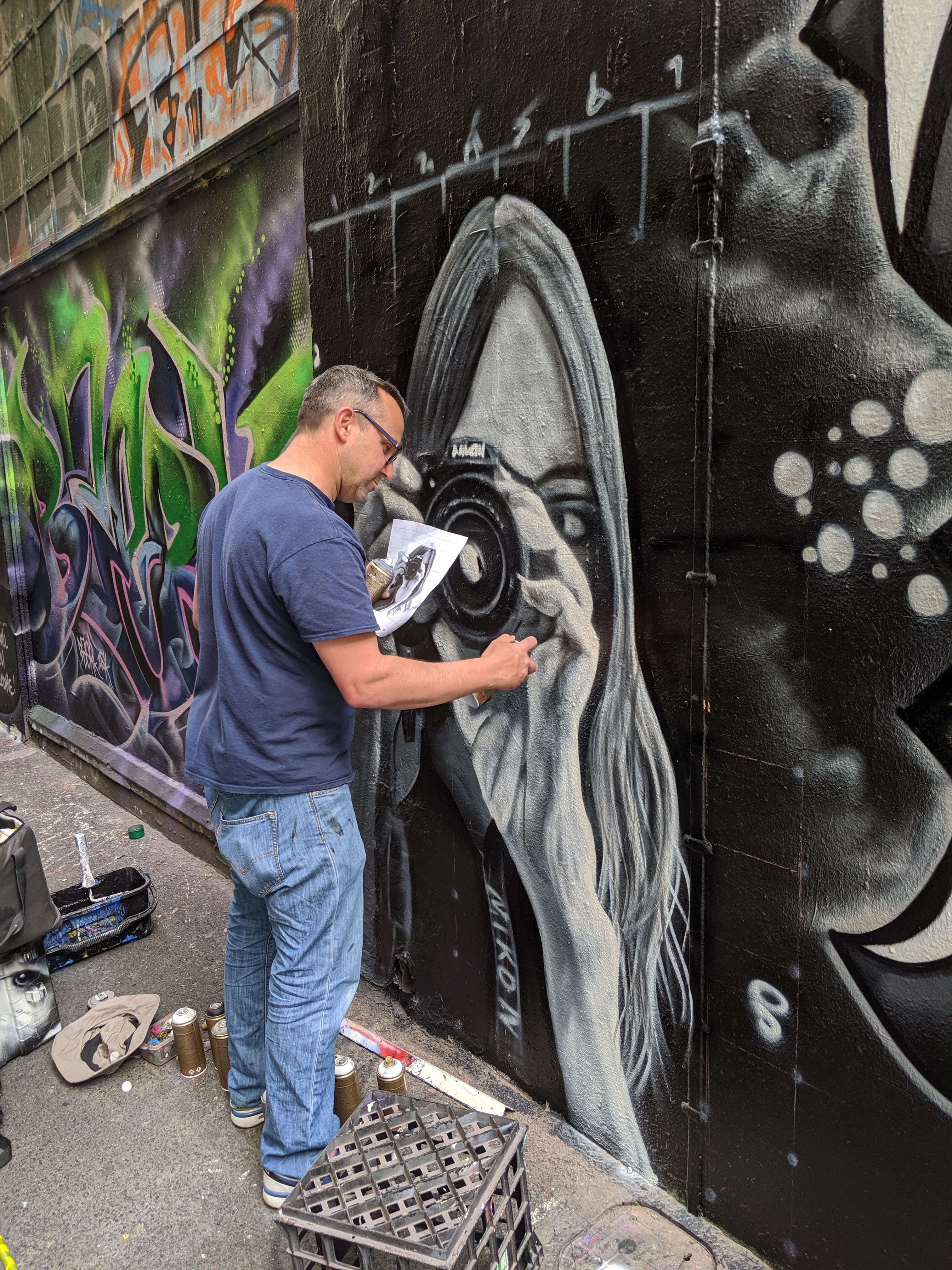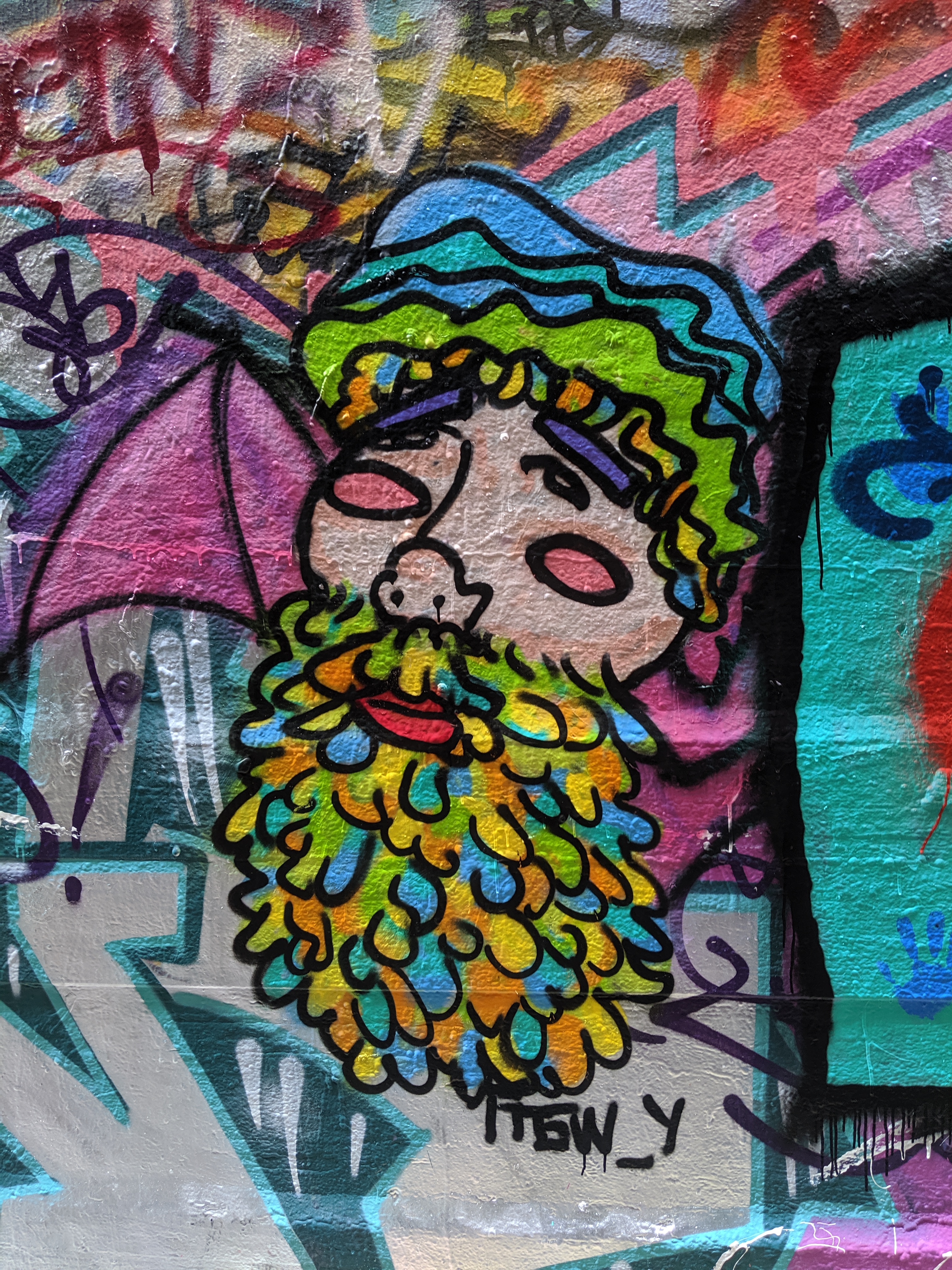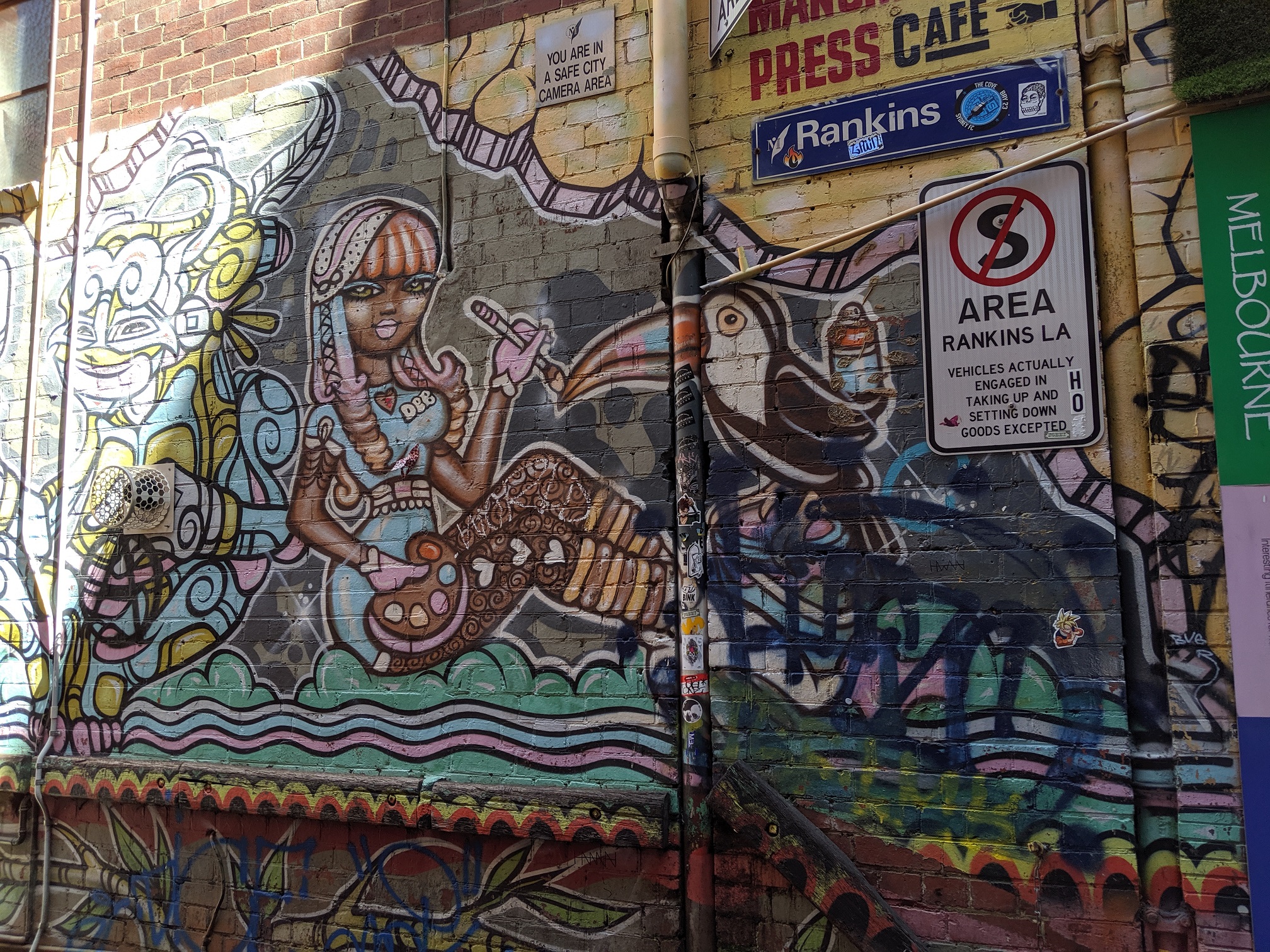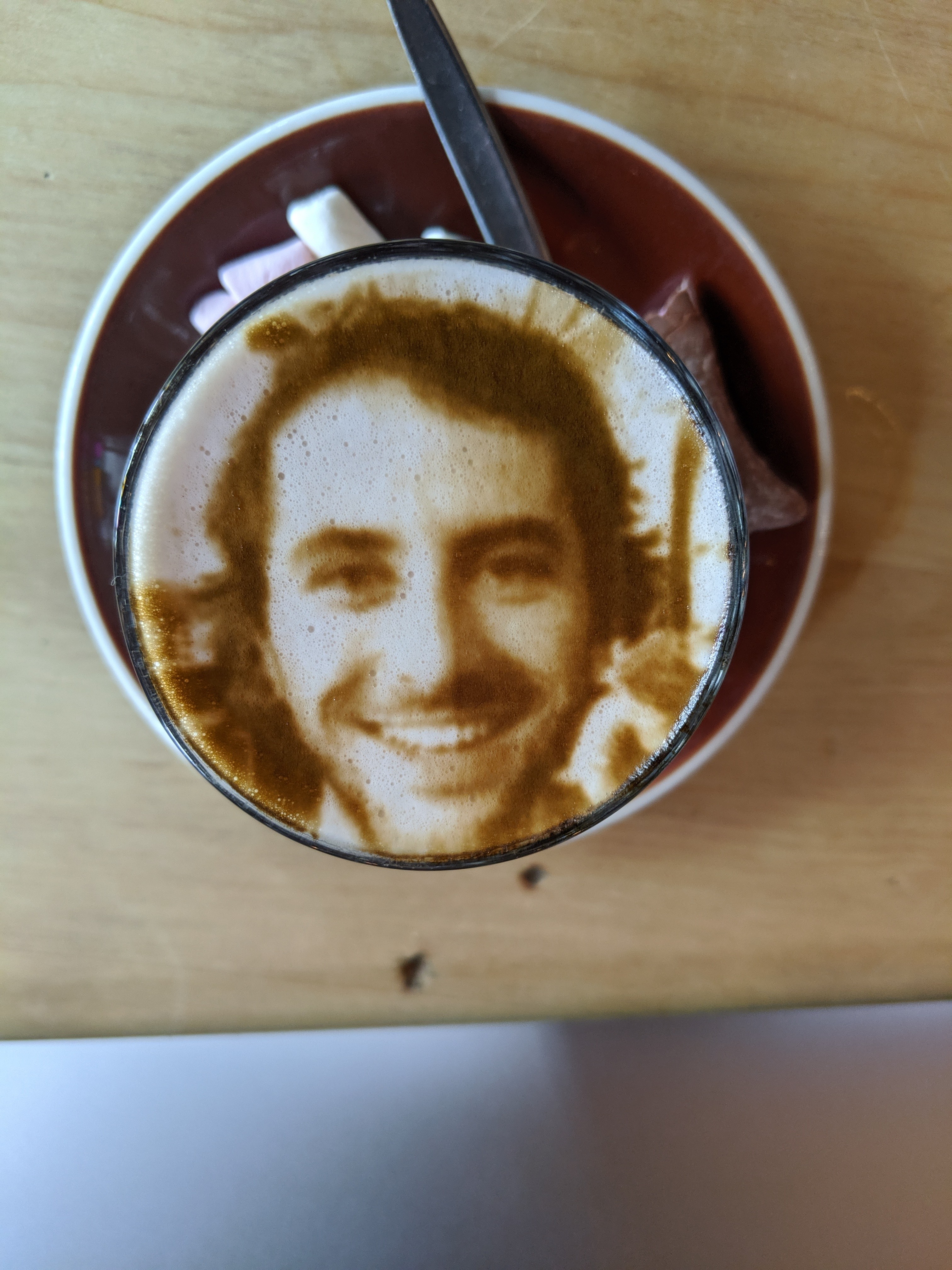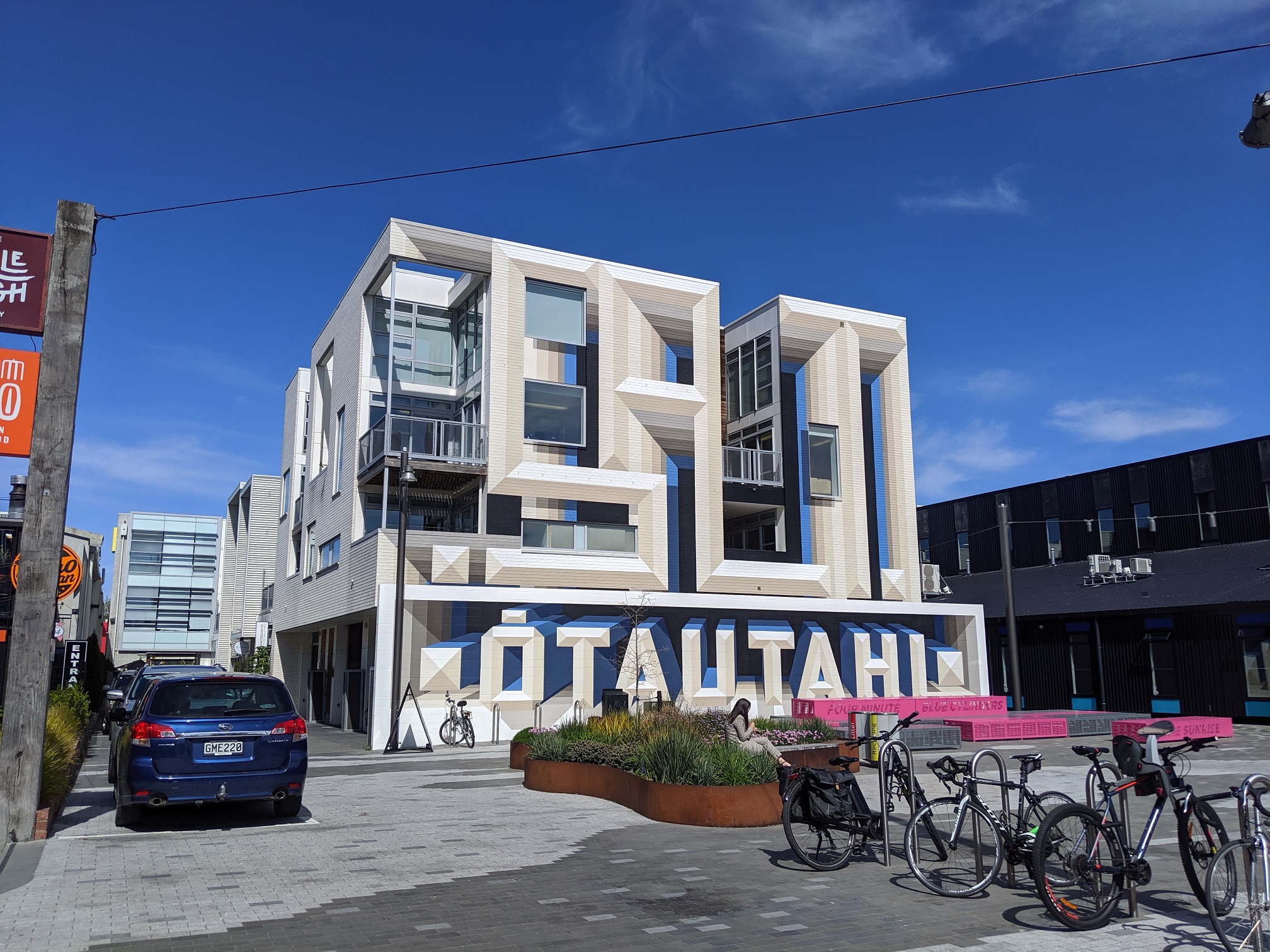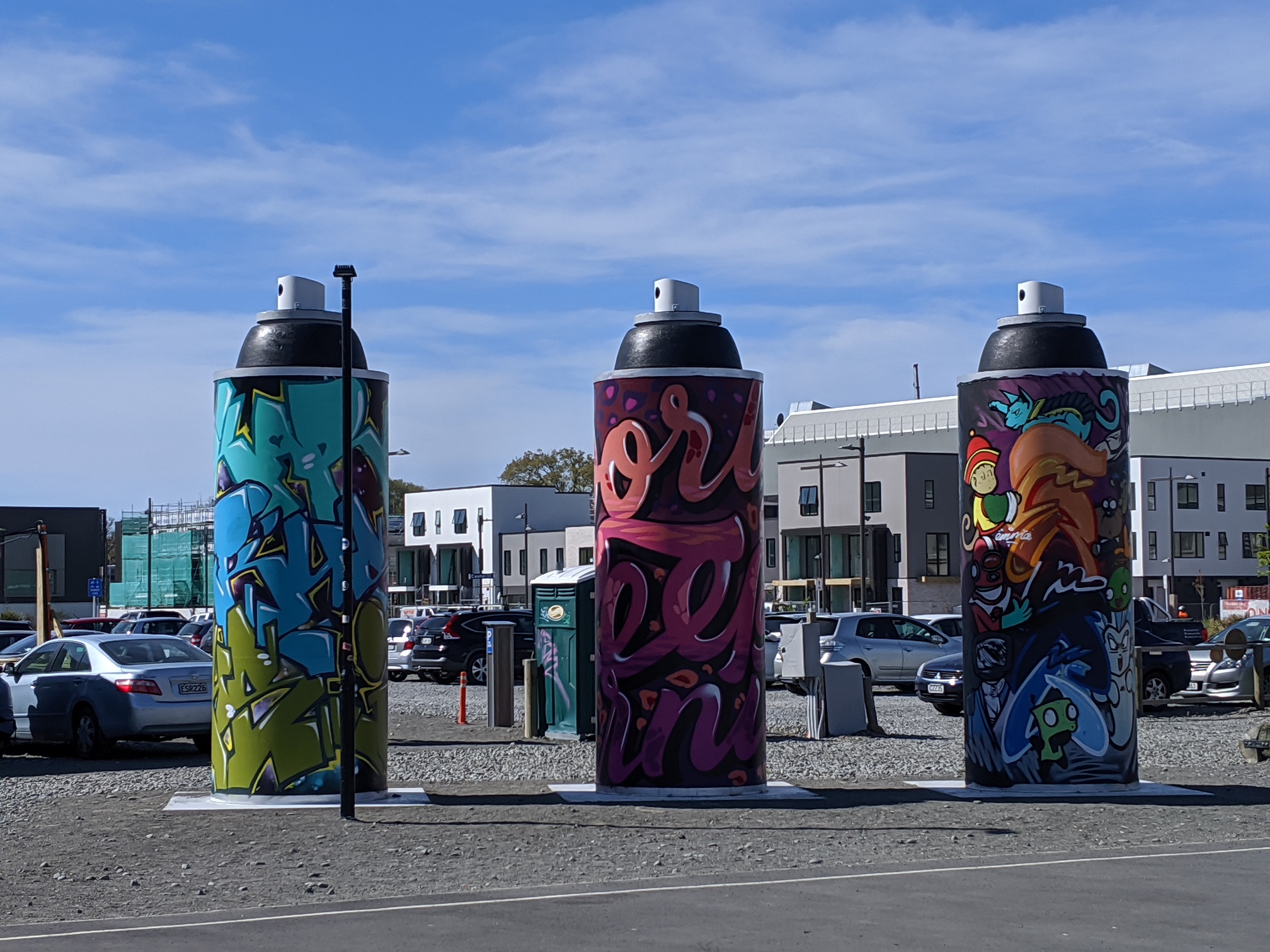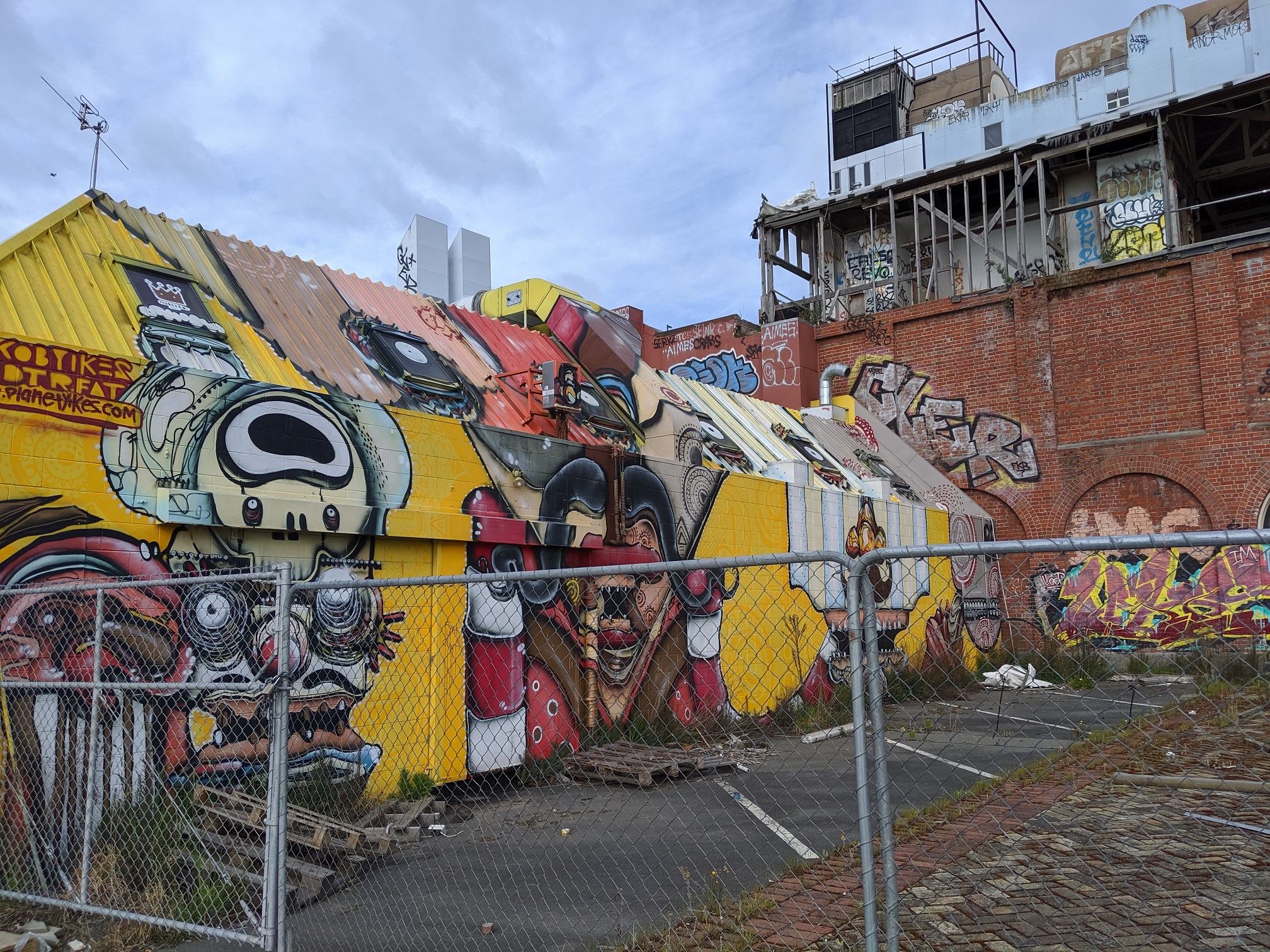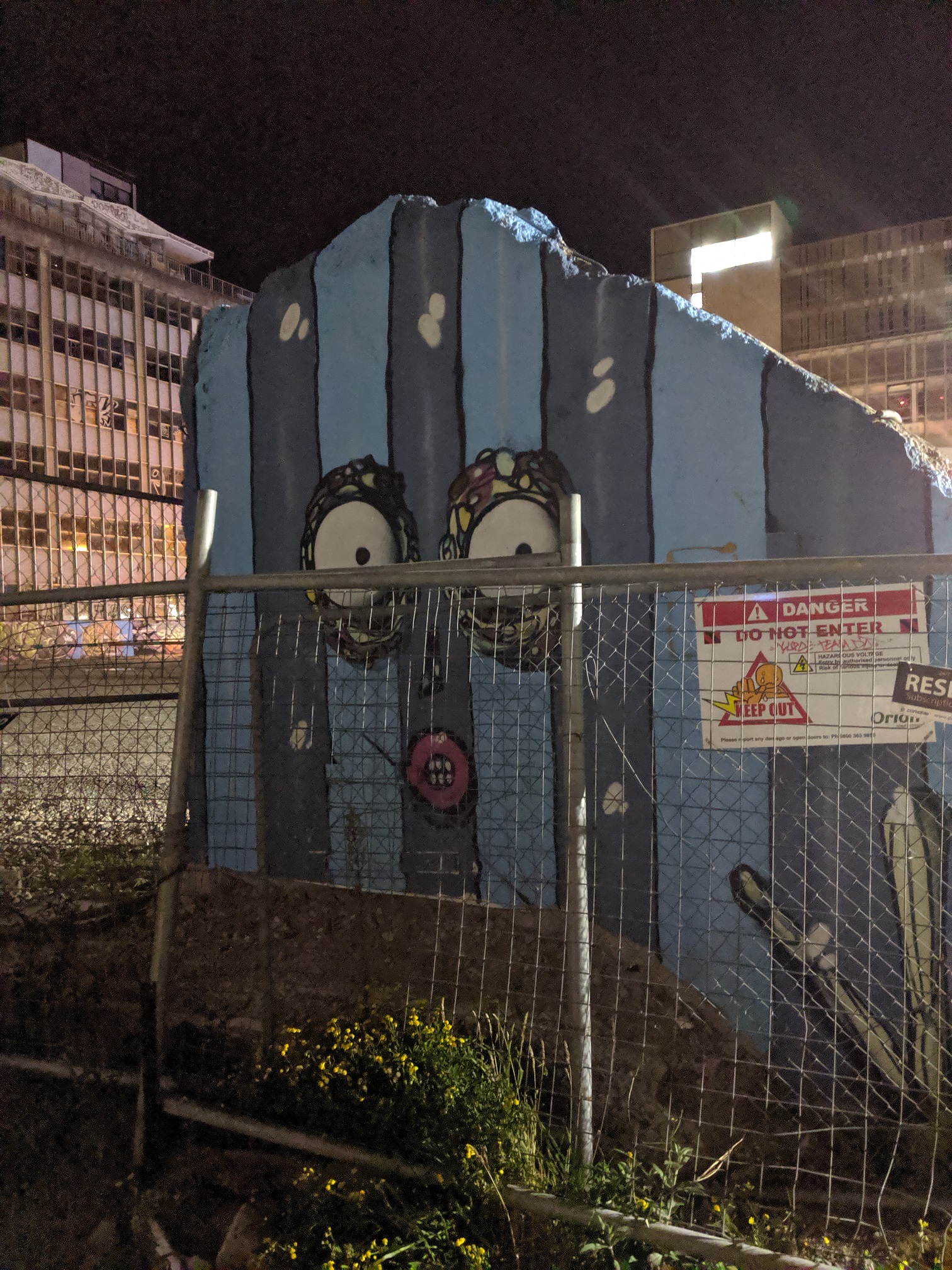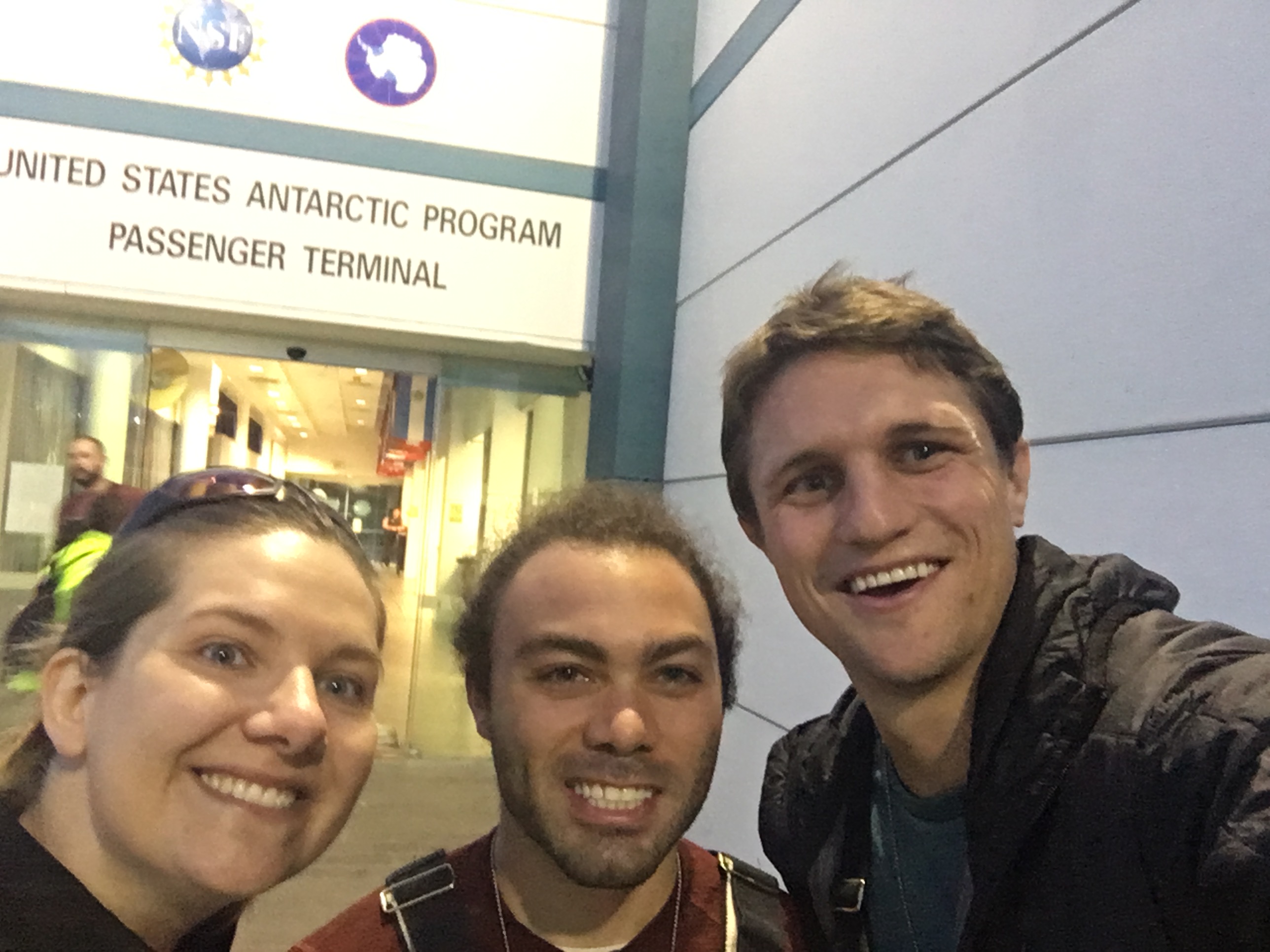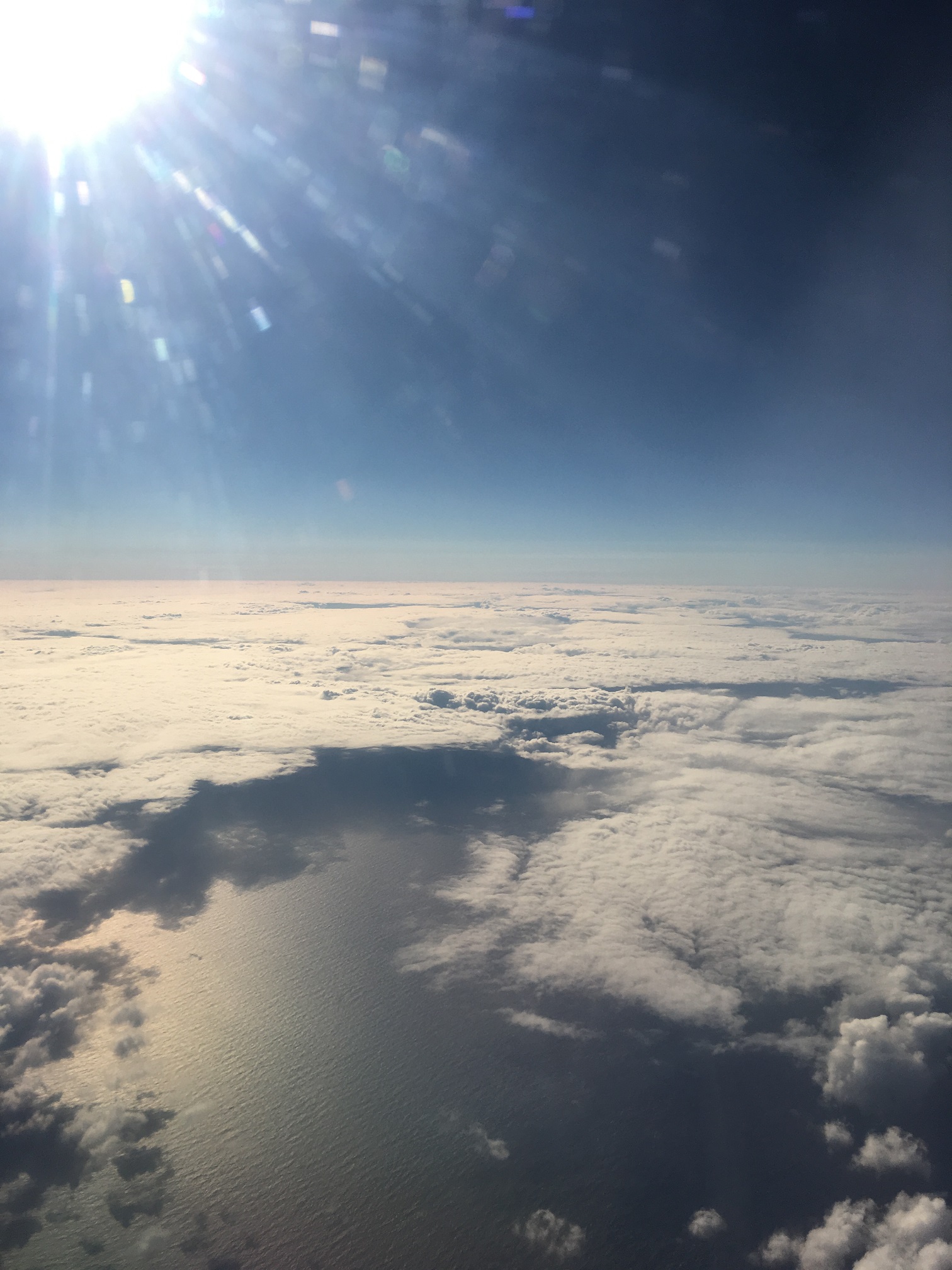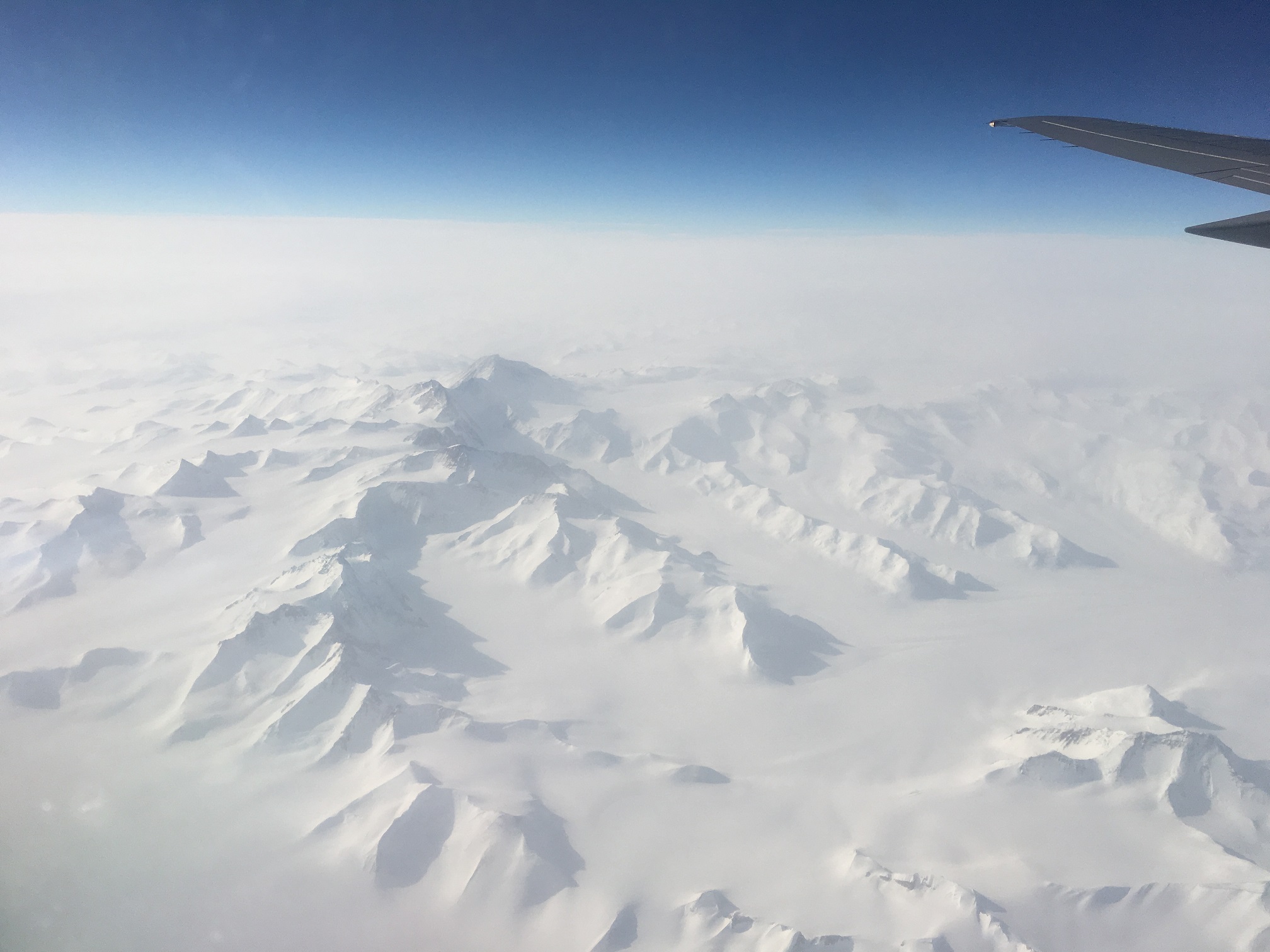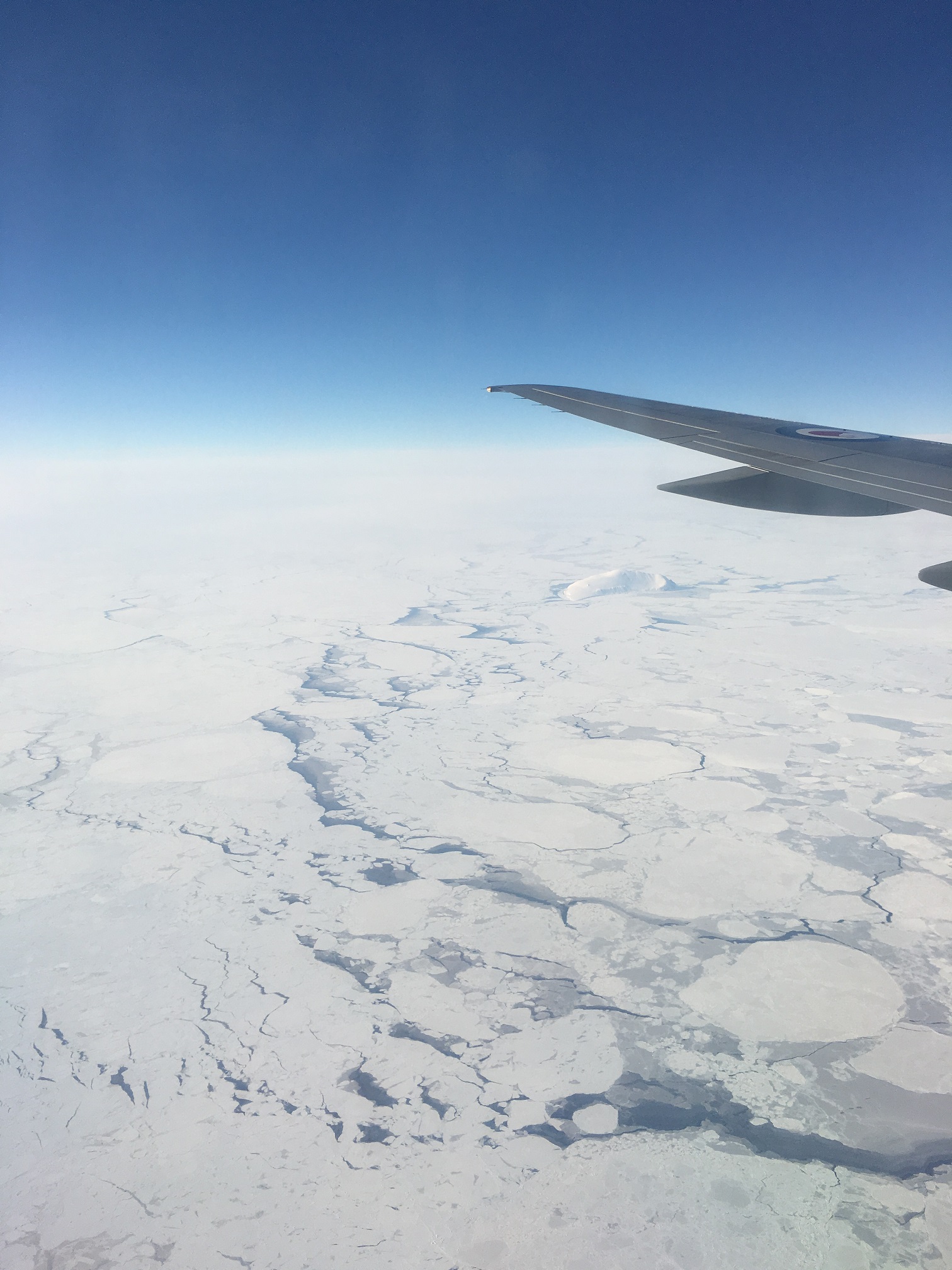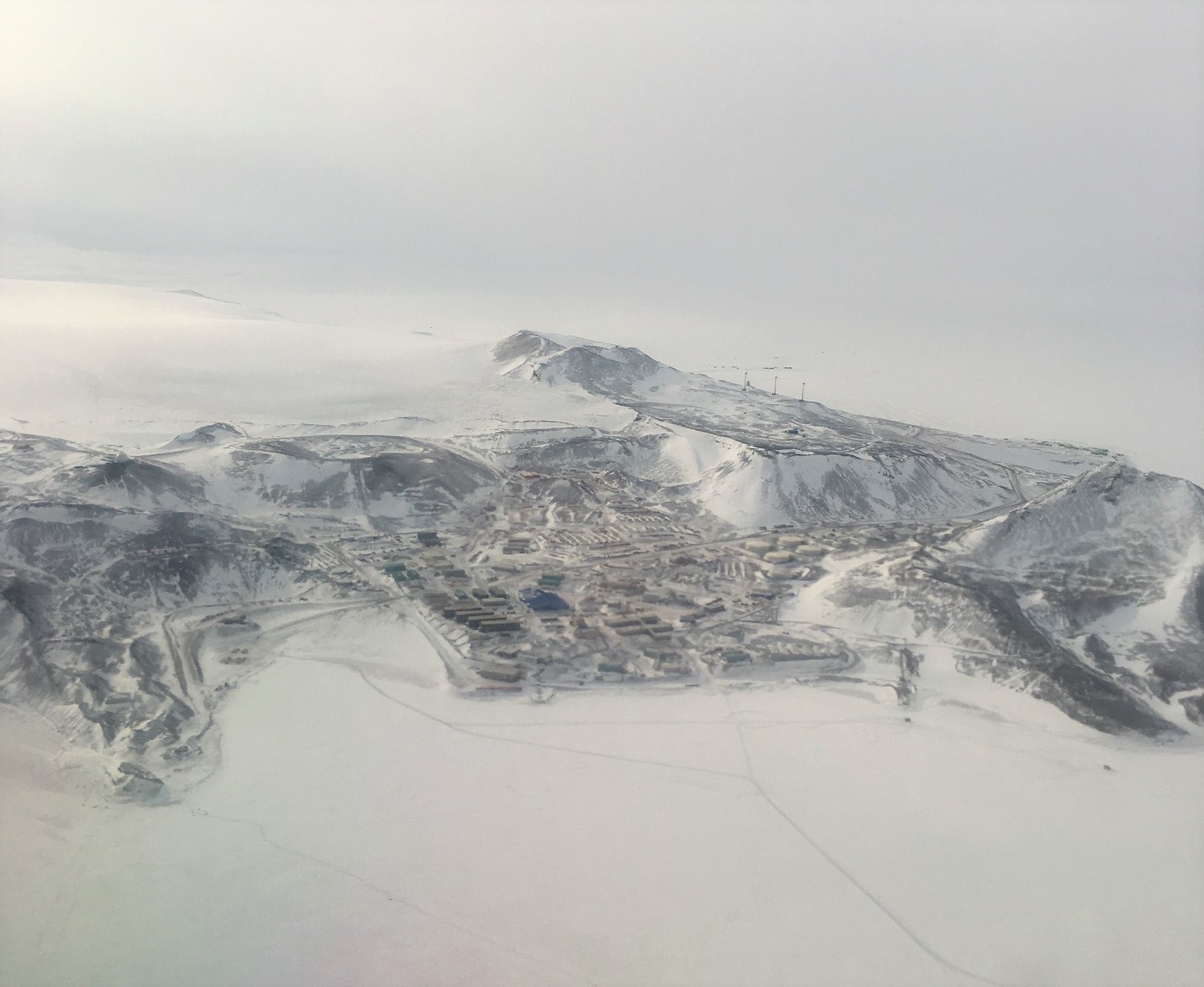Greetings all! Week three was packed with excitement for the Icefin team (C444/B041). Most excitingly, we officially became a two-robot field team, with both Icefins successfully completing dives. The week began with the Icefin base camp set up, situated on the sea ice ~ 8 km out across from McMurdo near where the sea ice meets the McMurdo Ice shelf, the “ice-shelf transition,” followed by performing two vehicle dives and collecting CTD data and water samples, and ended with the team enjoying costumes and music at the McMurdo Halloween party!

On Tuesday, part of the team went out to assist McMurdo Fleet Ops as they installed our fish hut and drilled the fish hut dive hole. The team rolled up their sleeves and shoveled plated ice relentlessly as waves of ice and water flooded the sea ice surface when the drill reached the ocean. It was quite an epic experience for the new members of our team who had never experienced the raw power of the Reedrill or set up fish hut ops before. Meanwhile, the rest of the team stayed at the lab to ballast and trim our second vehicle, ICE02, in the aquarium tank, repeating the procedure used for ICE03.

On Wednesday we proceeded to our second dive of the season, with the goal to finalize the ICE02 ballast and trim at the Jetty Fish Hut (FH19), which once again went really smoothly. This time, the B041 team manned the controls on Icefin. During the dive, so much progress was made that we were also able to execute several “plus up” goals for the dive, engineering system tests that included magnetic heading and controls tests. We also had the chance to set up and inspect our Launch and Recovery System (LARS). To cap off the day, on Wednesday night, Peter gave a science talk at the Crary Library titled: “Switching Poles: Atmosphere-Ice-Ocean Interactions beneath one of Greenland’s last remaining ice shelves”. He had a full audience and did a fantastic job of describing his past work on Petermann Gletscher.

Friday we took ICE03 on its second dive (third of the season), this time using a LARS deployment. To complete the dive, the team used the newly installed the LARS outside of FH19, where Mission Control operated. The dive was a great success, which was constructed from 5 elements: heading tests above and below the water, 100 m and 500 m tracks out under the ice both to calibrate the current profiler (ADCP) and test data collection for the new bathymetric sonar (the Norbit), and waypoint following and station keeping tests, as well as vehicle retrieval tests. We gathered some very helpful data on the vehicle systems as well, and identified some refinements to improve control. All in all, the dive was a win, especially with the great views of the brinicles coming through the sea ice, and visit from a suspicious mammal.



One of the big changes for the team this year has been the use of a customized jiffy drill attachment to bore a 14” hole in the ice, the same size as the dive holes we expect to use at the grounding zones of Kamb and Thwaites Ice Stream. It’s not a casual or comforting experience dangling your research program through a small hole in the ice. Luckily, the team has worked hard to try to design the best possible approach to the problem, which is what allows Icefin to complete its unique tasks at locations far from the edge of the ice. Icefin is ~9.5 inches (24cm) wide, so the 14” (~35cm) hole is a good model for the deep field. Moving to the drill attachment has also let us reduce the amount of fuel and time that it takes to prep for deployment, replacing a melting process using the “hotsy” with the new drill attachment. We completed several tests, adjusting the position of the vehicle “bridle” that helps right it under the water so that it is retrieved smoothly through the narrow hole. We conducted three “dead robot” tests, where we stop the robot in a difficult position under the ice away from the retrieval hole, and then “play dead” while the team retrieves it using only the tether. All tests were successful, which was exciting news for the team! We’ll continue to test and certify the solution over the next few weeks. We finished the week off by prepping the vehicle and gear for the move to operations out at our main Icefin site this coming week. Stay tuned!

This year the field team for Icefin consists of:
Britney Schmidt, Matt Meister, Dan Dichek, Anthony Spears, Justin Lawrence, Ben Hurwitz, Andy Mullen, Peter Washam, and Enrica Quartini.
RISE UP: https://live-schmidt-astro-cornell.pantheonsite.io/project-rise-up/
MELT: https://live-schmidt-astro-cornell.pantheonsite.io/thwaites-melt/
ITGC: https://thwaitesglacier.org
RISP: https://www.instagram.com/the_ross_ice_shelf_programme/
For more updates, pictures, and videos, find us on Facebook, Instagram, and Twitter @icefinrobot
